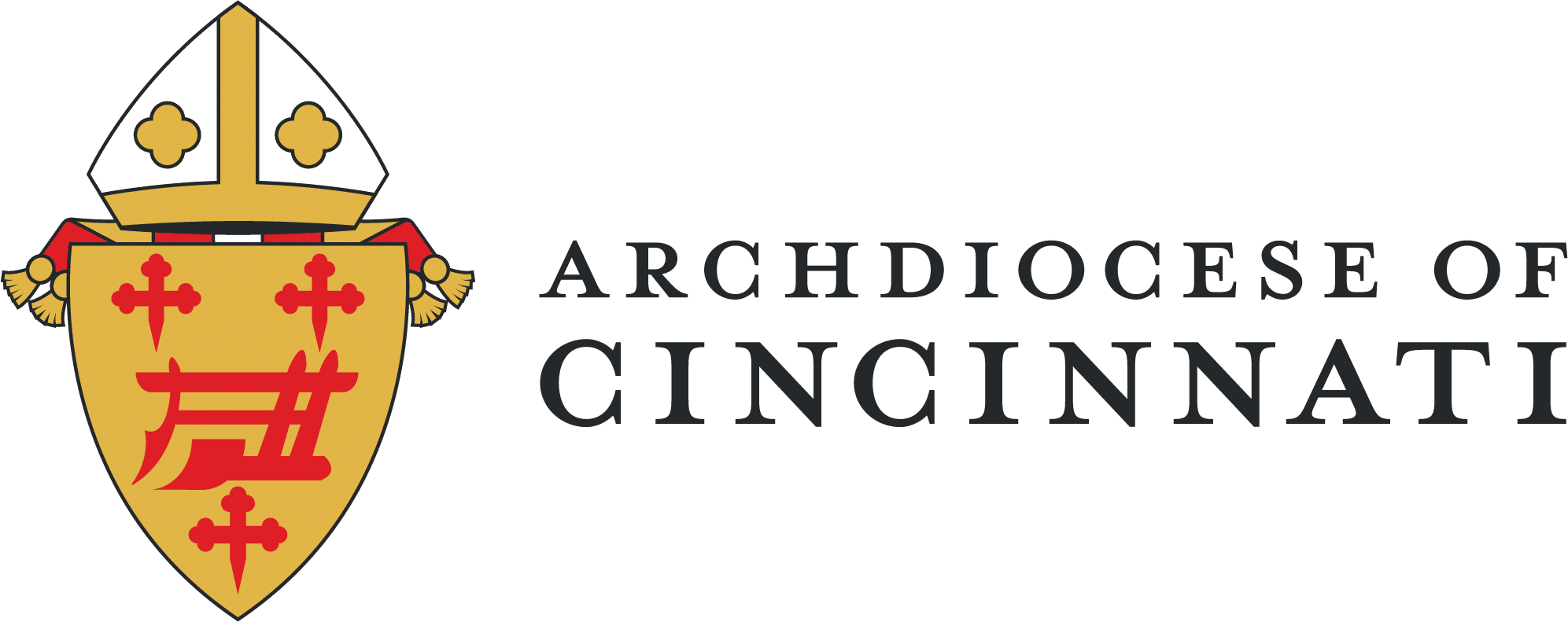W H A T | Opening of Jubilee Year 2025
W H E N | Sunday December 29, 2024, at 4 P.M. Mass
W H E R E | Cathedral Basilica of St. Peter in Chains: 325 W. 8th St., Cincinnati OH
Release Date: December 27, 2024
Pope Francis Opens Jubilee Year 2025; Archbishop Dennis M. Schnurr to Open Jubilee Year in Archdiocese of Cincinnati
On December 24, 2024, Pope Francis opened the Holy Door of Saint Peter’s Basilica in Rome, inaugurating the Ordinary Jubilee, a historic event that takes places every 25 years in the Catholic Church. The celebration of Jubilee 2025 will continue through the closing of this historic door on January 6, 2026. The theme for Jubilee 2025 is “Pilgrims of Hope”.
Archbishop Dennis M. Schnurr will open the Jubilee Year in communion with dioceses around the world, during a Solemn Rite and Mass at the Cathedral Basilica of St. Peter in Chains in Cincinnati on Sunday, December 29, at a 4 p.m. The faithful will first gather in the undercroft (basement) of the Cathedral Basilica. After introductory prayers and readings, the congregation will process to the main worship space of the Cathedral Basilica for the celebration of Mass.
During the procession, the faithful will follow a newly created Jubilee Cross. As instructed by the Holy Father, a special cross of “historical-artistic value” will mark the opening of the Jubilee. This Jubilee Cross has been created for this special year of Jubilee 2025. While the Cross and shaft have been crafted to match the processional crosses used by the Cathedral Basilica, the corpus (figure of Christ) holds particular historical significance. The corpus is the original corpus mounted in the sanctuary of the Cathedral Basilica at is dedication in 1845. It hung in the Cathedral Basilica until the church was renovated in the 1950s. This Jubilee Cross will displayed in the sanctuary of the Blessed Sacrament Chapel (south side of Cathedral Basilica) throughout the Jubilee Year.
A Jubilee Year is a special time in the Church’s tradition, encouraging holiness through acts of reconciliation and communion with our brothers and sisters. Seeking forgiveness and growing in repentance are special fruits to cultivate during a Jubilee Year. Special locations of prayer – sacred Jubilee sites – have been designated for the Jubilee Year in the Archdiocese of Cincinnati. These include the Cathedral Basilica of St. Peter in Chains in Cincinnati, Maria Stein Shrine of the Holy Relics in Maria Stein and Emmanuel Church in Dayton.
For more information about Jubilee Year 2025 and local celebrations, please visit https://catholicaoc.org/jubilee-2025.
The Roman Catholic Archdiocese of Cincinnati is the 45th largest Catholic diocese in the country, with nearly 440,000 Catholics, and has the fifth largest Catholic school system in terms of enrollment with more than 40,000 students. The 19-county territory includes 199 canonical parishes organized into 57 Families of Parishes, and 108 Catholic primary and secondary schools.
###
Jennifer Schack
Director of Media Relations
Archdiocese of Cincinnati
Office | 513.263.6618
Cell | 859.512.5626

